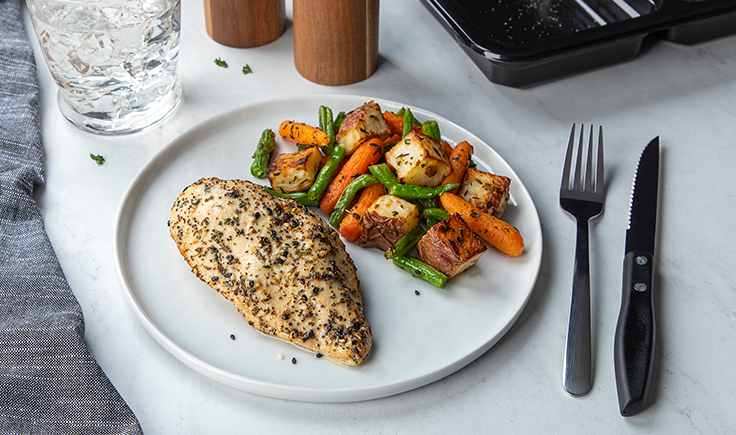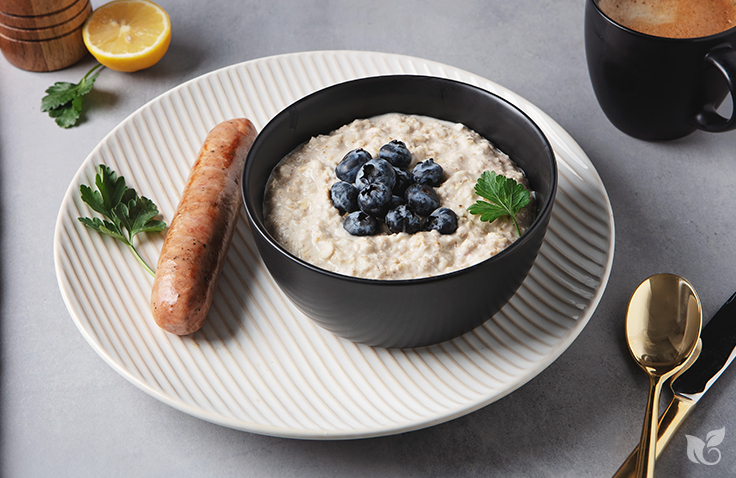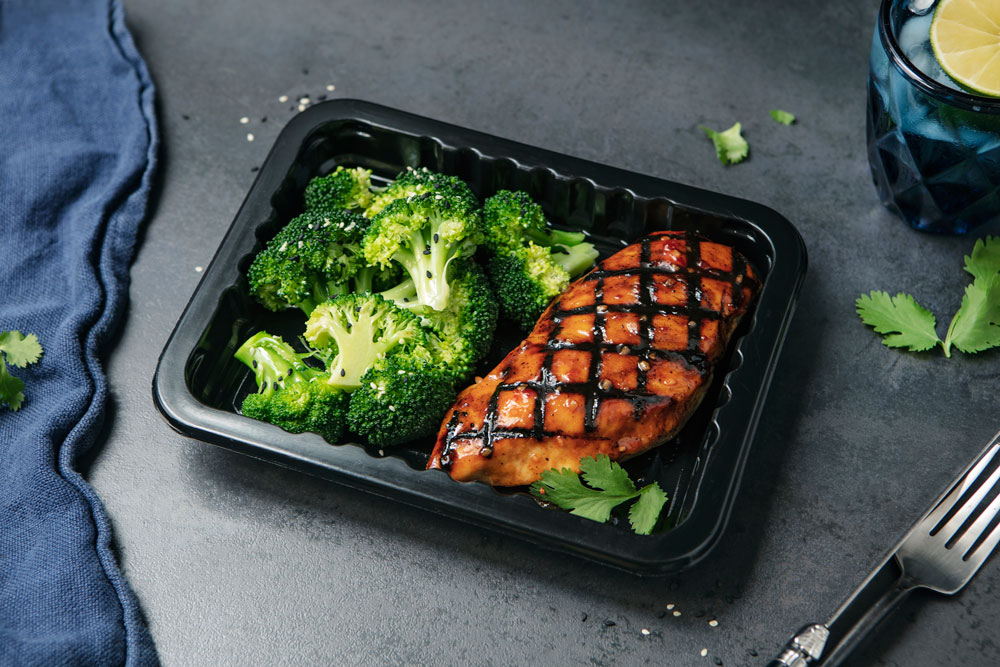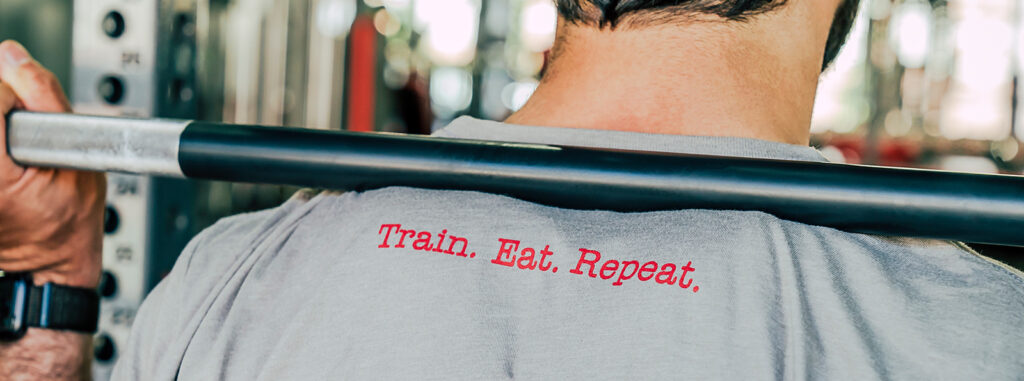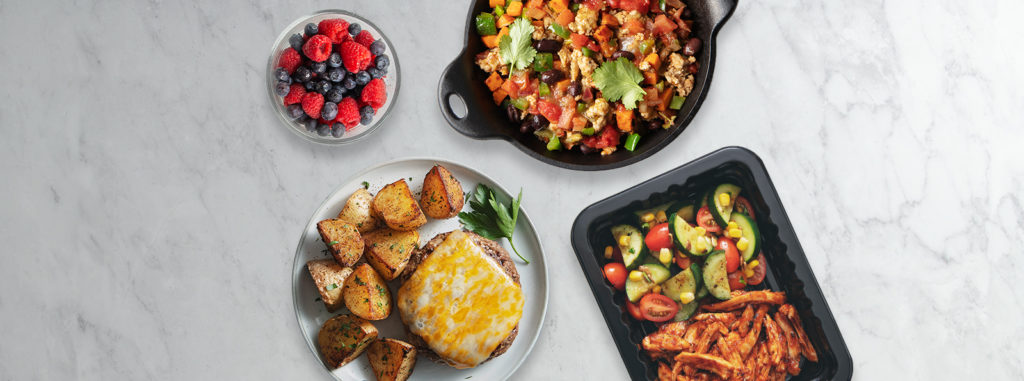Carb cycling is a method of manipulating caloric intake by restricting carbohydrates on some days and reintroducing them on others.
Unlike other forms of intensive dieting (in which weight drops quickly and immediately yo-yos back up once the diet is over), this method accounts for the hormonal stress that comes with caloric restriction. In this way, it allows for a steadier and more consistent weight loss that doesn’t wreak havoc on your thyroid and won’t create a yo-yo effect with your body weight.
What a Week of Carb Cycling Loss Looks Like
Low Carb Days
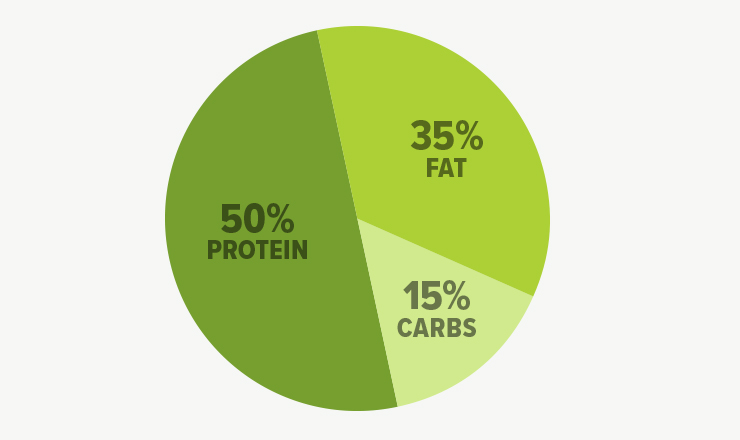
Protein | 50%
Carbohydrates | 15%
Fats | 35%
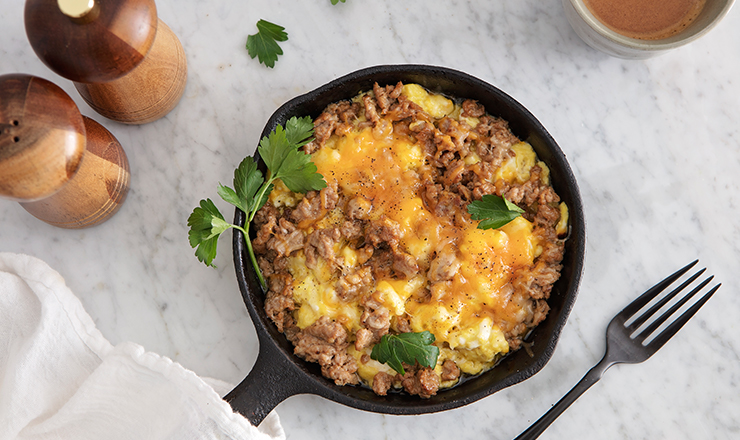
Breakfast | Organic Breakfast Sausage & Cheddar Scrambler
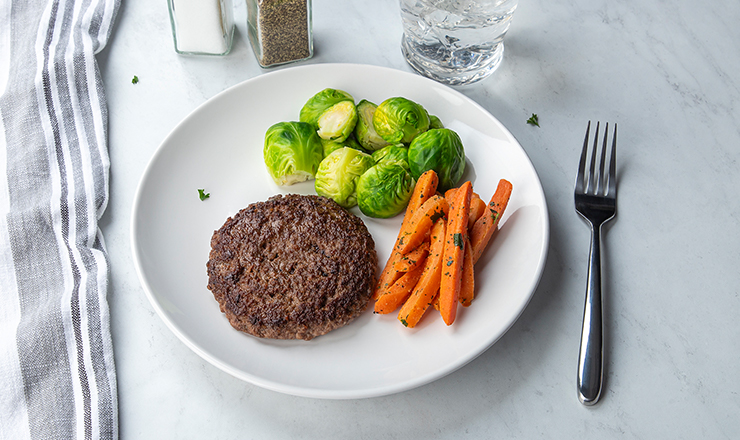
Lunch | Burger + Carrots & Brussels
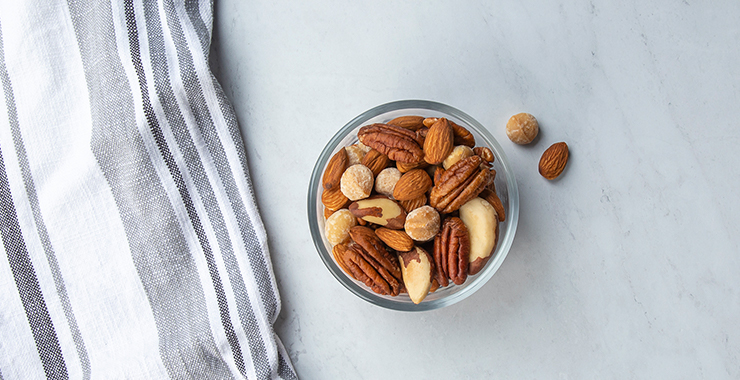
Afternoon Snack | Mixed Nuts
Moderate Carb Days
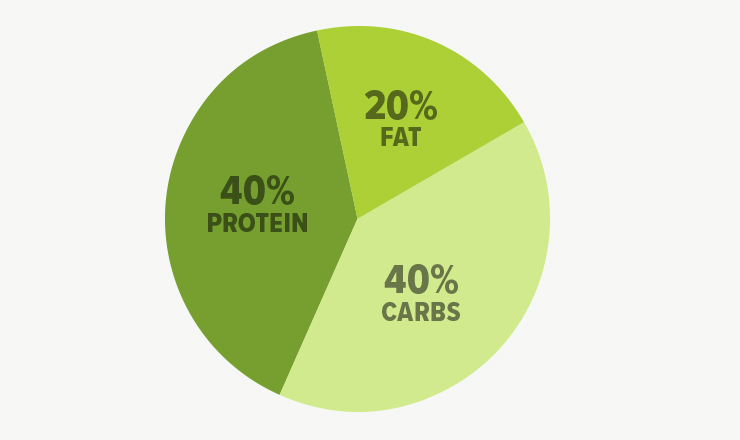
Protein | 40%
Carbohydrates | 40%
Fats | 20%
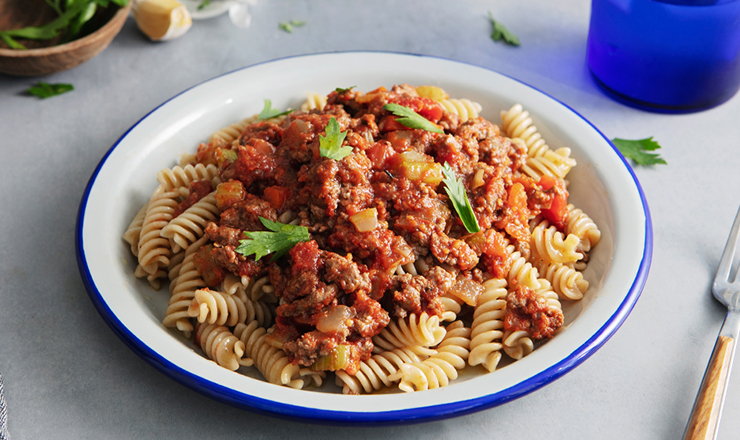
Lunch | Bison Bolognese
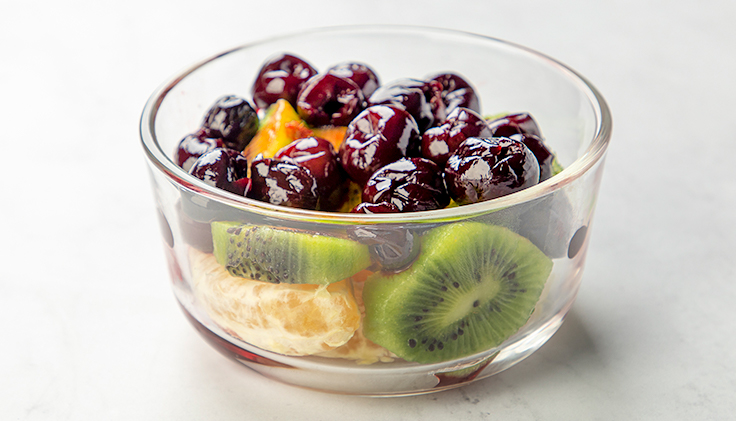
Afternoon Snack | Bowl of Fruit
Want to design your own day? Check out the menu for ready-made meals, signature sides and premium proteins, along with plenty of low carb and moderate carb options.
How to Apply Carb Cycling
When it comes to carb cycling, try the “two on, one off” approach. In this method of carb cycling, you spend the first two days drawing your only carbohydrate sources from vegetables (“on” a caloric restriction: low carb day), and on the third day, you carb reload (“off” caloric restriction: moderate carb day) with low-glycemic-index carbohydrate sources such as organic steel-cut oats; brown, jasmine and wild rice; yams, yukon and sweet potatoes; quinoa; etc. On days four and five, you’re back to vegetables only, and on the sixth day, you reload on carbs. A great goal is trying this method for a full 30 days before making any big adjustments.
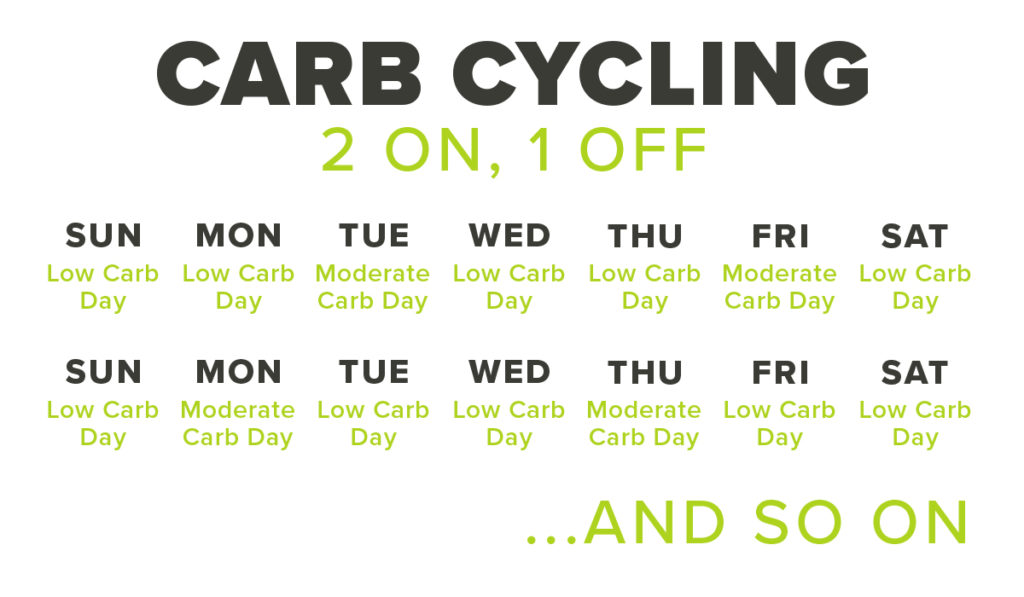
Takeaway Tips for Carb Cycling
1. Stick to a schedule.
Eating at the same times every day is the easiest way to “wake up” your metabolism. Additionally, rather than grazing for 15+ hours, research is finding that people who eat their meals within an 8-10 hour window metabolize fatty acids more efficiently, improve insulin sensitivity and may also clear away damaged cells more efficiently.
2. Eat 20 to 40 grams of protein at every meal.
Protein promotes weight loss by stabilizing blood sugar and maintaining muscle mass. This prevents the body from entering a catabolic state that produces a “rebound” effect once more calories are reintroduced.
3. Consume a daily minimum of 3 to 6 grams of omega 3 fatty acids.
Omega 3 fatty acid intake has been directly linked to improvements in body composition. Additionally, healthy fats are critical for maintaining an optimal hormonal profile, especially during times of caloric restriction.
4. Don’t drink your calories.
Flavored beverages are a leading contributor to derailed progress. Try stick to water and unsweetened teas or black coffee.
Learn more about carb cycling!

